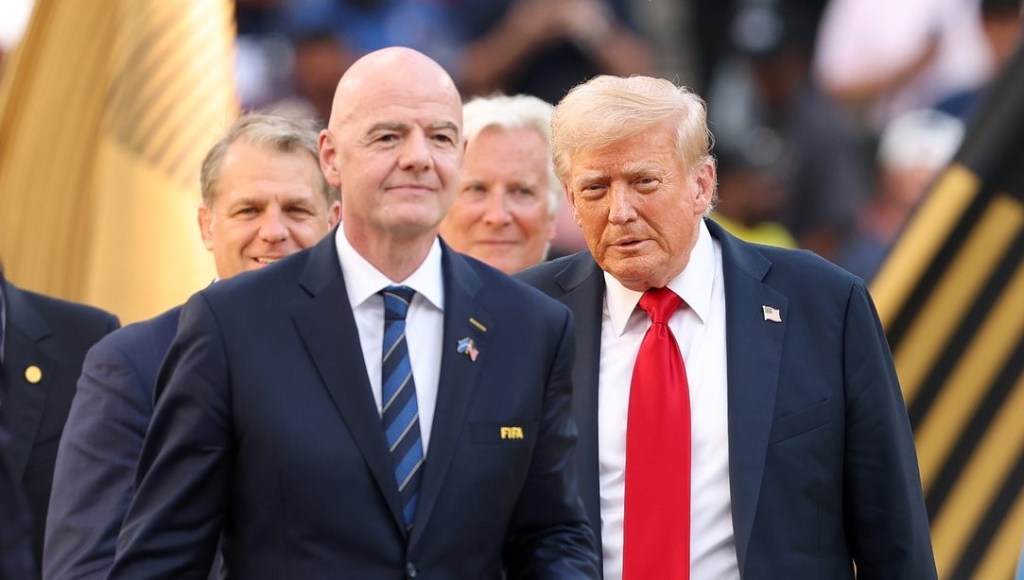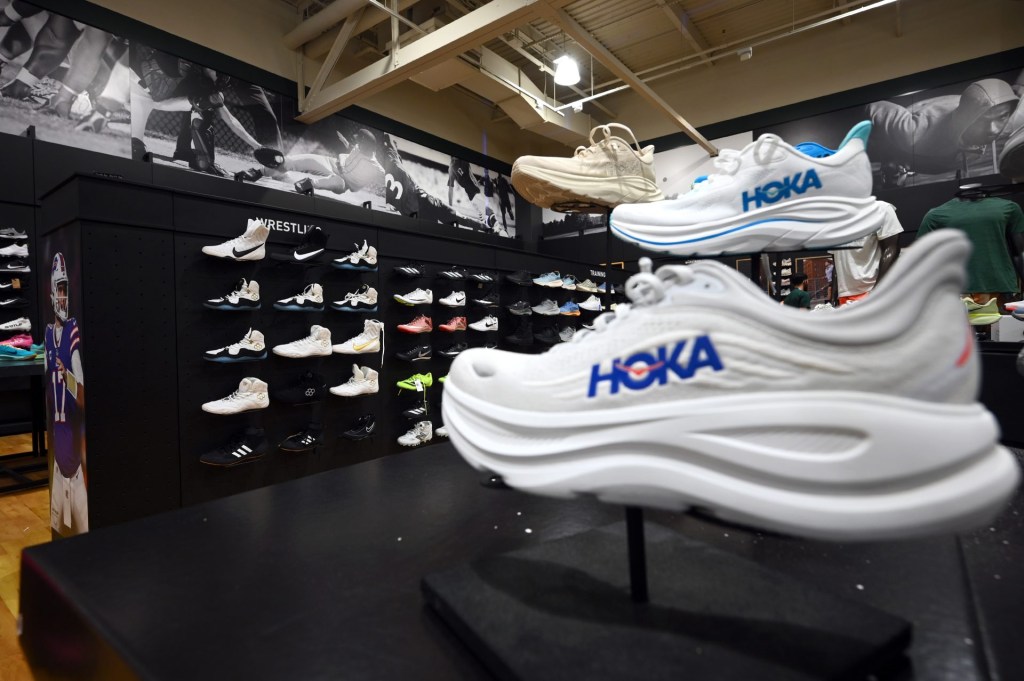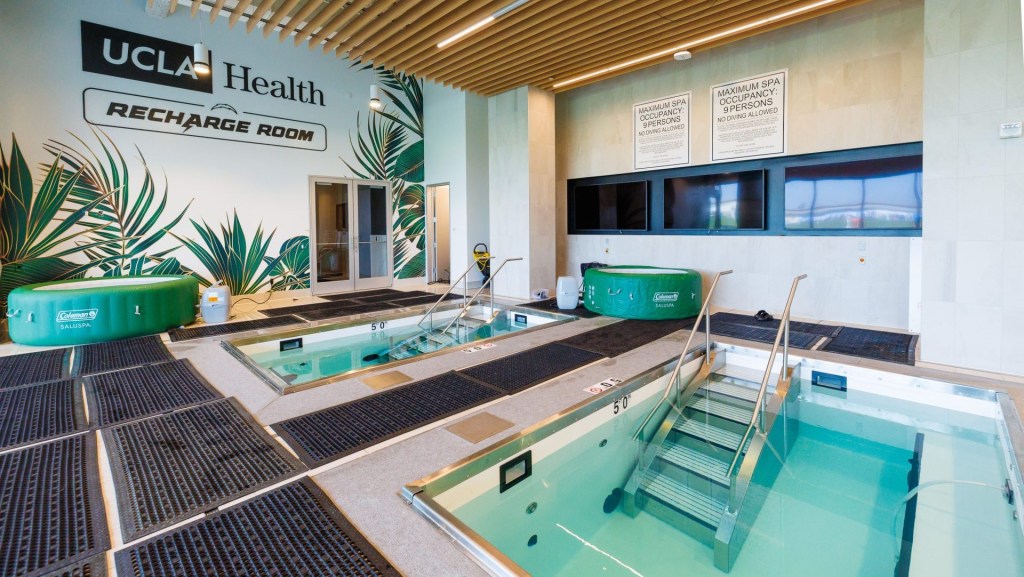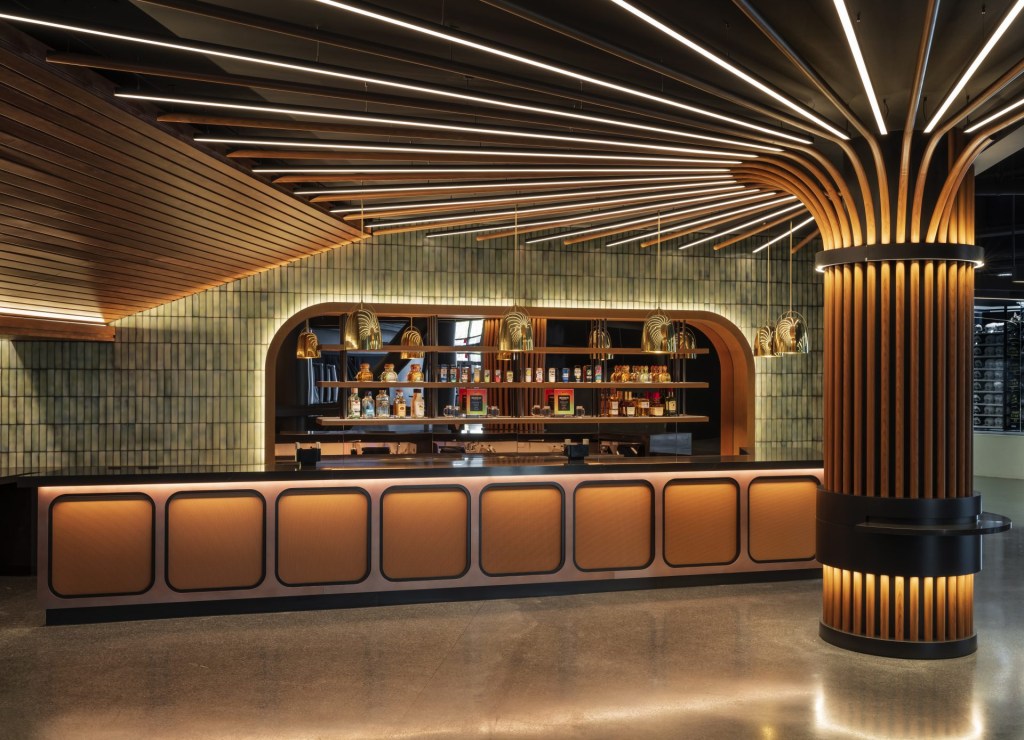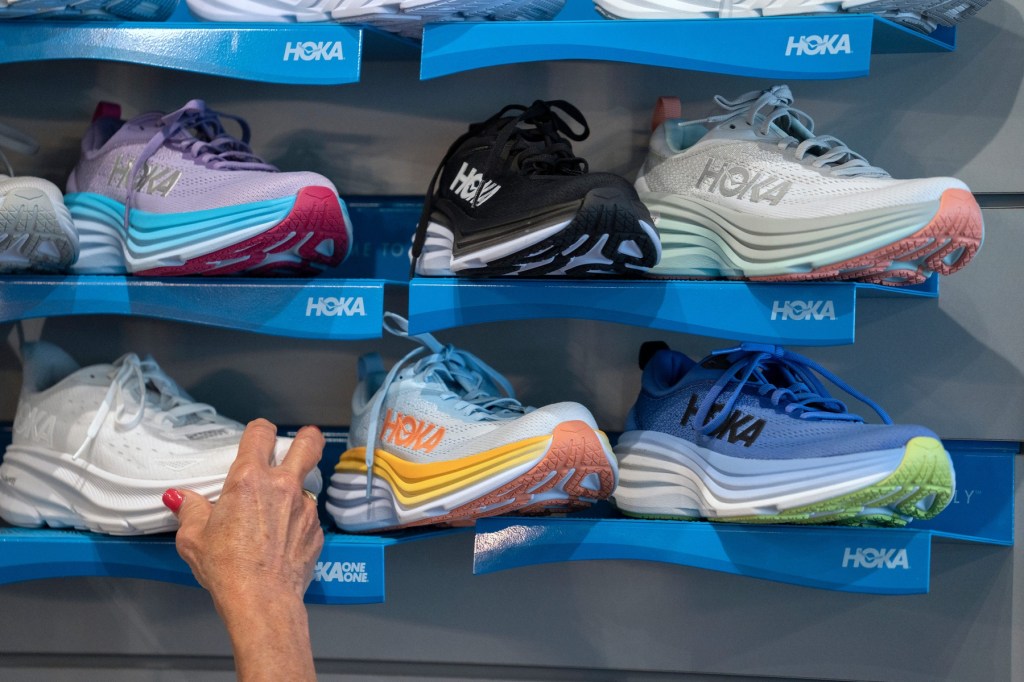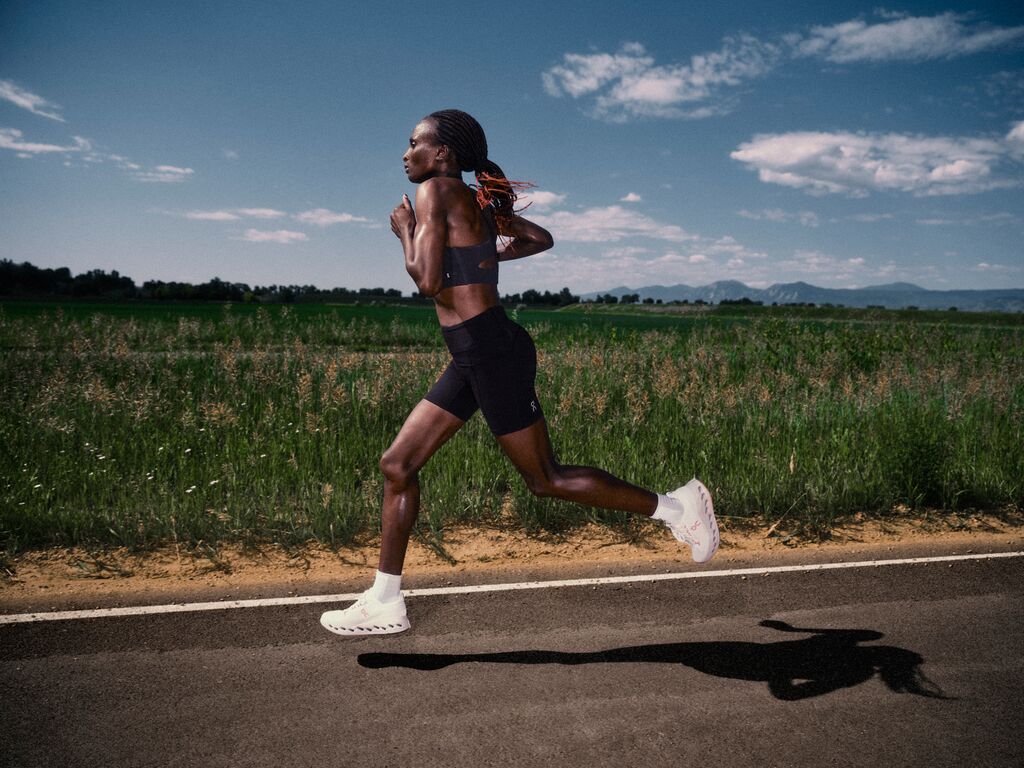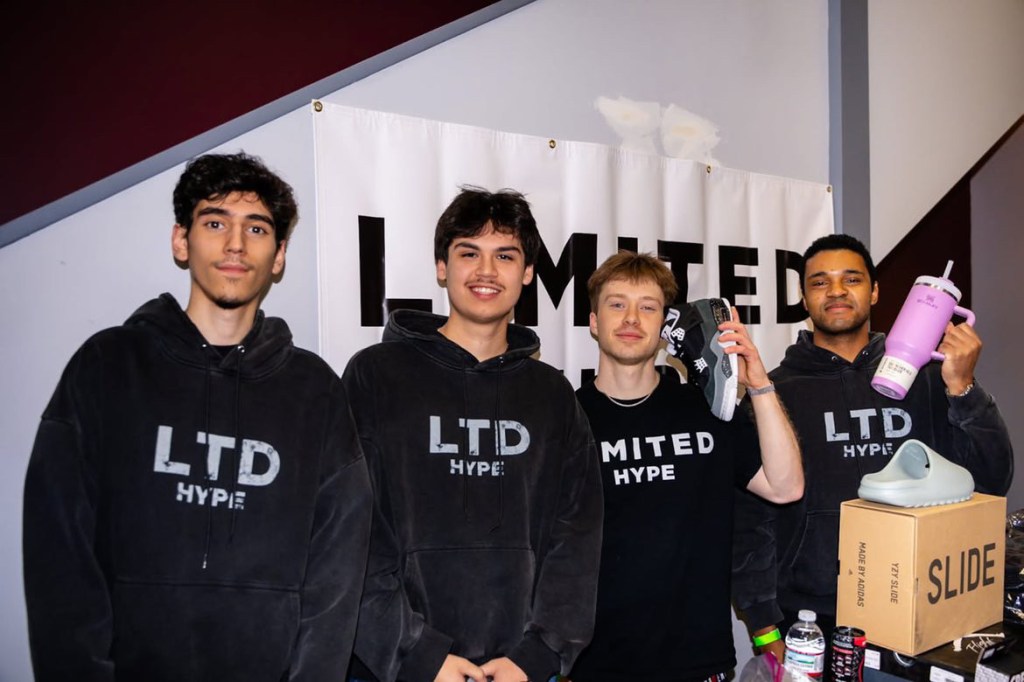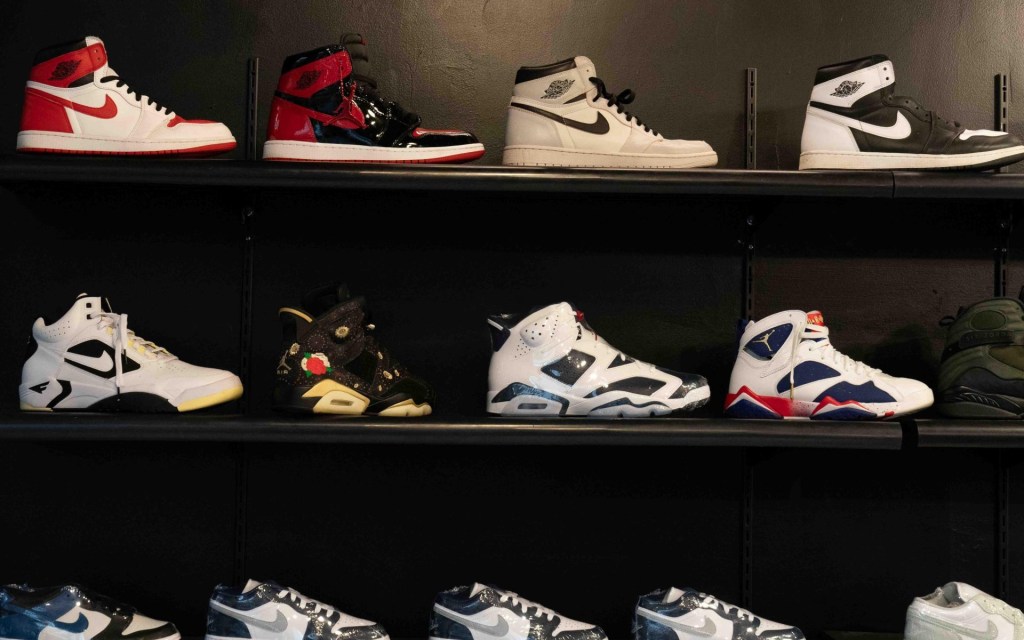Each iteration of President Donald Trump’s tariff policy since he took office requires businesses to calculate and recalculate which added costs can be absorbed and which must be passed on to customers. Footwear companies like Nike, On, and Under Armour have all recently raised prices, but analysts say price hikes are easier for some than others.
Since Trump announced the U.S. would impose a wide swath of tariffs on imported goods—and hit pause on some of them—companies in nearly every industry have either pulled their full-year guidance or warned they will be forced to hike prices as a way to offset the costs. (A few small businesses won a reprieve last week when the U.S. Court of International Trade blocked Trump from imposing some tariffs, although the win was temporarily put on hold the next day.)
As of June 1, Nike raised prices on some products: Prices of footwear between $100 and $150 were raised up to $5, and footwear above $150 now costs as much as $10 more. Prices of apparel and equipment are also climbing between $2 and $10.
In its close tracking of prices across apparel and footwear, Morgan Stanley has noticed that since last month, apparel brands in general (Lululemon, for example) have largely refrained from raising prices, while certain footwear brands have increased theirs. On average, the investment bank wrote in a recent note, footwear prices in May were 13% higher year over year compared to the average over the previous six months.
The increase was largely driven by On Holdings and Under Armour. The price hikes for On aren’t that surprising. On, which sells sneakers for $140 to $180, is riding a wave of huge popularity and views itself as an ultra-premium sportswear brand. Last month the Swiss company said it would raise prices, but not because of tariffs. After announcing 40% higher sales for the first quarter last month, executives said the brand’s pursuit “to be the most premium performance sportswear brand” has put it in “a strong position to have earned pricing power in the different markets that we are in.” Cofounder Caspar Coppetti added: “We are in the position to increase prices, and we will do this.”
The price hikes are a bit more surprising for Under Armour, Morgan Stanley said, given it is more promotional and has “seemingly limited traction with current footwear product.” Under Armour’s Q4 footwear sales declined 17% year over year.
In looking at which brands are best positioned to raise prices going forward, Morgan Stanley singled out two sportswear companies among a broader group: Amer Sports and Skechers (in addition to glasses maker Warby Parker) have “the greatest ability” to raise prices. The analysts attribute their advantageous positioning to brand heat, limited assortment, and low price elasticity (meaning demand for a product doesn’t change significantly in response to a change in price). When Amer Sports, which owns outdoor and ski brands including Salomon, Arc’teryx, and Wilson, posted its first-quarter earnings last month, CFO Andrew Page said the Trump Administration’s tariffs will have a “negligible” impact on its profits this year.
What About Nike?
Trump’s tariff vacillations are taking a toll. U.S. consumers slowed spending in April, with inflation-adjusted personal spending rising 0.1%, after rising 0.7% a month earlier, according to data from the U.S. Bureau of Economic Analysis last week. Meanwhile, imports to the U.S. sank by a record 20% in April from March (due, at least in part, to higher tariffs).
If demand slows further, Bernstein analysts say brands with lower U.S. market share that have been outperforming—Adidas and On, for example—are more protected, “while bigger incumbent brands (e.g., Nike, Lululemon) are more at risk.”
But while both Nike and On have said they would raise prices, increases at Nike have been “small and selective since brand heat risk is high and they have a more price-sensitive consumer,” Bernstein analysts tell FOS. “Given its price increase risk and lower brand heat relative to On, it is likely more vulnerable to customers switching compared to other companies at this point in time.”
Nike and Lululemon can mitigate the additional cost of tariffs in other ways: They have more negotiating power with vendors and more diverse supply chains, says Bernstein.

![[US, Mexico & Canada customers only] Dec 5, 2025; Washington, District of Columbia, USA; United States of America President Donald Trump, FIFA President Gianni Infantino and Canada Prime Minister Mark Carney watch from the stands during the FIFA World Cup 2026 Final Draw at John F. Kennedy Center for the Performing Arts.](https://frontofficesports.com/wp-content/uploads/2025/12/USATSI_27745262_168416386_lowres-scaled.jpg?quality=100&w=1024)
